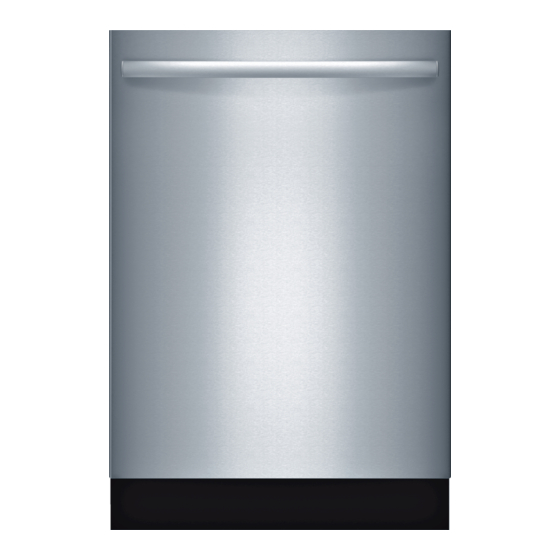Bosch DISHWASHER Kullanım Talimatları Kılavuzu - Sayfa 23
Bulaşık Makinesi Bosch DISHWASHER için çevrimiçi göz atın veya pdf Kullanım Talimatları Kılavuzu indirin. Bosch DISHWASHER 30 sayfaları. Dishwasher bosch
Ayrıca Bosch DISHWASHER için: Kullanım Kılavuzu (30 sayfalar), Kurulum Talimatları Kılavuzu (34 sayfalar), Kullanım Talimatları Kılavuzu (30 sayfalar), Kullanım Talimatları Kılavuzu (28 sayfalar), Kullanım Talimatları Kılavuzu (38 sayfalar), Kullanım Talimatları Kılavuzu (42 sayfalar), Kullanım Kılavuzu (32 sayfalar), Kullanım Kılavuzu (36 sayfalar), Kullanım Kılavuzu (30 sayfalar), Kullanım Talimatları Kılavuzu (24 sayfalar), Kullanım Kılavuzu (26 sayfalar), Kullanım Kılavuzu (40 sayfalar), Kullanım Kılavuzu (28 sayfalar), Kullanım Kılavuzu (29 sayfalar), Kullanım Talimatları Kılavuzu (28 sayfalar), Kullanım Talimatları Kılavuzu (28 sayfalar), Kullanım Kılavuzu (28 sayfalar), Kurulum Talimatları Kılavuzu (50 sayfalar), Kurulum Talimatları Kılavuzu (20 sayfalar), İşletim Araçları (24 sayfalar), Kullanım Talimatı (36 sayfalar), Kullanım Talimatları Kılavuzu (25 sayfalar), Kullanım Talimatları Kılavuzu (46 sayfalar), Kullanım Kılavuzu (31 sayfalar)

